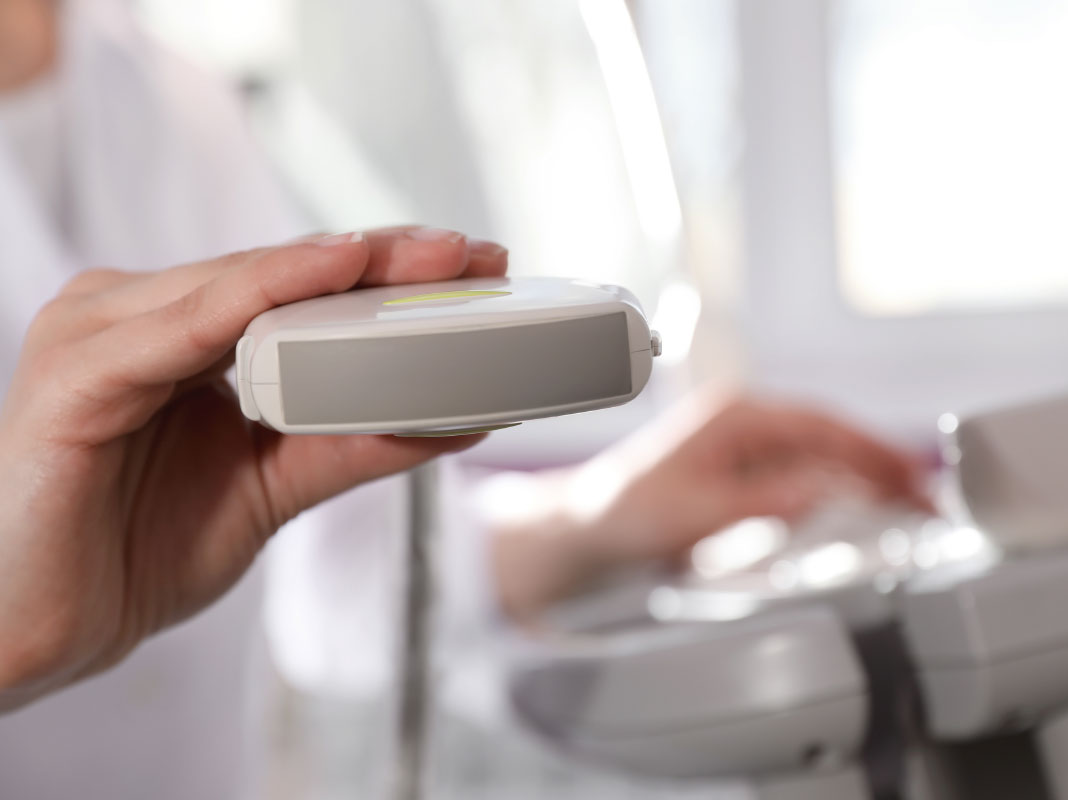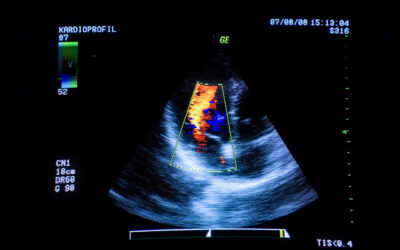Ultrasound diagnostic imaging has seen many advances in recent years. The advances are just a few of the reasons market watchers expect ultrasound to continue to grow on a global basis. The market is forecast to exceed $8 billion by 2023.
“The global ultrasound market is projected to reach $8.4 billion by 2023 from $6.3 billion in 2018, at a compound annual growth rate of 5.9 percent during the forecast period,” according to MarketsandMarkets.
As the global ultrasound market continues to grow it makes sense that the ultrasound probe and transducer market will also reach new heights in coming years.
Transparency Market Research (TMR) explains that ultrasound probes are designed to produce high-frequency sound waves within body tissue that in turn produces echoes.
Demand for these devices is high among health care practitioners in hospitals, clinics, diagnostic centers and other health care facilities.
“The global ultrasound probe market is primarily driven by increase in the number of ultrasound procedures, rise in prevalence of chronic conditions and technological advancements. Additionally, growth of the fertility treatment market is projected to augment the global market during the forecast period. Increase in incidence of various disorders such as cardiovascular diseases and respiratory and abdominal disorders propel demand for ultrasound diagnosis, which in turn is anticipated to boost demand for ultrasound probes,” according to TMR.
“According to World Health Organization (WHO) estimates, cardiovascular diseases (CVD) account for 9.4 million deaths globally each year. The number is likely to increase to 23.3 million by 2030. Hence, demand for ultrasound devices to diagnose various CVDs is increasing due to improving image production quality. Rise in the number of patients suffering from pulmonary artery related disorders is also expected to propel demand for ultrasound devices for lung imaging. Surge in the population suffering from TB is likely to boost demand for ultrasound imaging, thereby increasing the usage of ultrasound probes primarily in low- and middle-income countries such as India, China and Africa,” TMR reports.
An increase in rate of abnormalities in fetuses due to pregnancy at a late age is projected to drive demand for ultrasound diagnosis, according to the report.
“Ultrasound devices are used extensively for obstetrics imaging due to absence of harmful radiation. According to the March of Dimes Foundation, nearly one in every 150 newborn babies suffers from chromosomal abnormalities. Hence, fetus diagnostics is essential to treat chromosomal abnormalities at an early stage of pregnancy. Rise in incidence rate of such abnormalities increases demand for ultrasound imaging, and in turn usage of ultrasound probes. However, lack of awareness about ultrasound probe, high cost and limited availability are expected to restrain the global ultrasound probe market in the next few years. Government funding in emerging markets are expected to provide new opportunities in the market during the analysis period,” according to TMR.
“North America led the global market in 2017 owing to a developed health care system. Europe was the second largest market in 2017. The market in the region is projected to be driven by rise in demand from ambulatory care centers. Asia Pacific held the third largest market share in 2017. This is attributed to technological advancements in health care, rise in population, increase in geriatric population and surge in the number of ultrasound diagnostic procedures performed every year, especially in China and India,” TMR reports.








